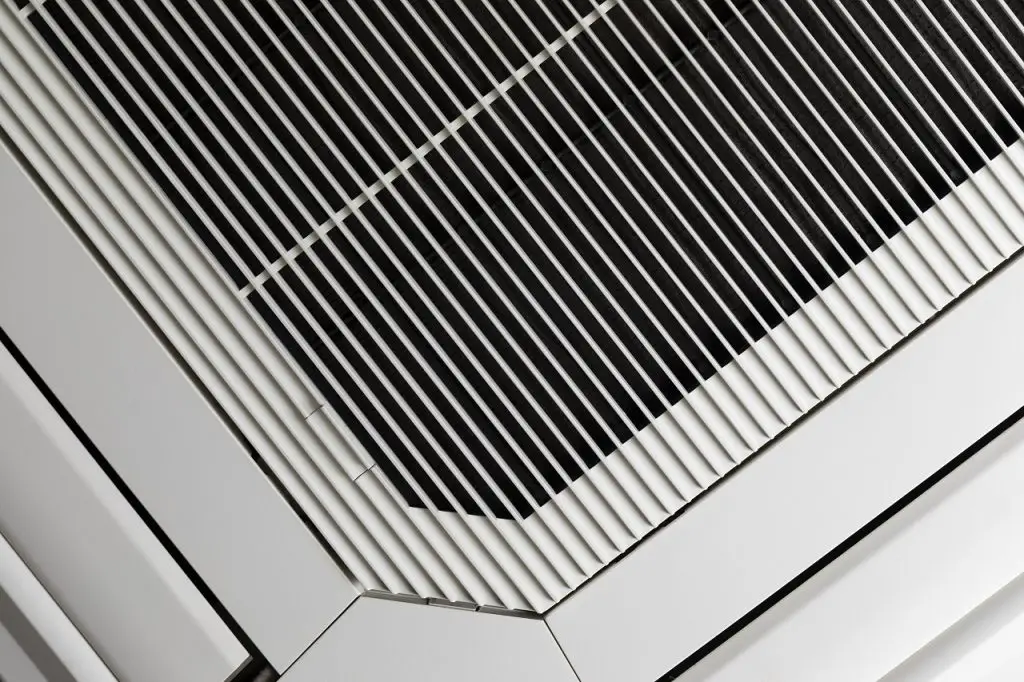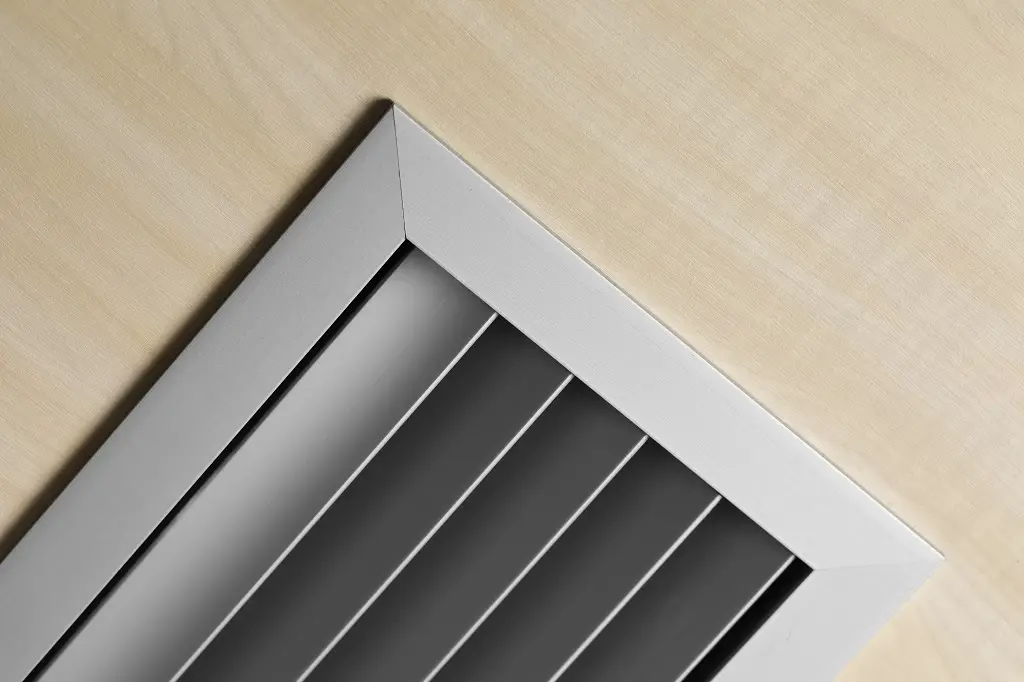Poor bathroom ventilation can cause a range of problems, from excess moisture and unpleasant odors to mold growth and even health issues. Fortunately, there are several ways to improve bathroom ventilation problems and create a more comfortable and healthy living space.
One of the most effective ways to improve bathroom ventilation is to install an exhaust fan. Exhaust fans work by drawing moisture and odors out of the bathroom and venting them outside. When choosing an exhaust fan, it’s important to select one that is appropriately sized for the bathroom and has a high enough CFM (cubic feet per minute) rating to effectively remove moisture and odors.
In addition to installing an exhaust fan, there are several other steps that can be taken to improve bathroom ventilation. These include opening windows and doors to increase air flow, using a dehumidifier to reduce moisture levels, and ensuring that the bathroom is properly insulated to prevent condensation. By following these tips, homeowners can create a healthier and more comfortable living environment and avoid the problems associated with poor bathroom ventilation.
Page Contents
The Role of Exhaust Fans in Bathroom Ventilation

Exhaust fans play a crucial role in bathroom ventilation. They help to remove moisture, humidity, and odors from the bathroom, which can otherwise lead to mold growth, mildew, and unpleasant smells. These fans work by drawing in the moist air from the bathroom and expelling it outside.
Exhaust fans come in different sizes and styles, and it is important to choose the right one for your bathroom. The size of the fan should be based on the square footage of the bathroom. A fan that is too small will not be able to effectively remove moisture from the bathroom, while a fan that is too large will be noisy and may cause negative pressure in the bathroom.
When choosing an exhaust fan, it is also important to consider the noise level. A loud fan can be distracting and unpleasant, especially if it is located close to the living areas of the house. Many modern exhaust fans come with noise-reducing features, such as insulated ducts and low-noise motors.
It is recommended to run the exhaust fan during and after a shower or bath, and to leave it on for at least 15-20 minutes after the bathroom has been used. This will help to ensure that all the moisture and humidity is effectively removed from the bathroom.
Regular maintenance of the exhaust fan is also important to ensure that it is functioning properly. This includes cleaning the fan blades and housing regularly to remove any accumulated dust and debris, and checking the ductwork for any blockages or damage.
Overall, exhaust fans are an essential component of bathroom ventilation, helping to maintain a healthy and comfortable environment in the bathroom. By choosing the right size and style of fan, and by using it properly and maintaining it regularly, homeowners can ensure that their bathroom remains free of mold, mildew, and unpleasant odors.
Dealing with Humidity

Humidity is a common problem in bathrooms, especially in those without proper ventilation. Excess moisture can lead to mold and mildew growth, which can be harmful to health. To avoid this, it is essential to have a good ventilation system in place.
One way to deal with humidity is to install a humidity sensor. These sensors can detect the level of humidity in the air and turn on the ventilation fan automatically when it reaches a certain level. This can help prevent the buildup of excess moisture in the bathroom.
Another way to deal with humidity is to use a dehumidifier. These devices can help remove excess moisture from the air and prevent mold and mildew growth. However, they can be expensive and require regular maintenance.
Regular cleaning of the bathroom can also help prevent excess moisture buildup. Wiping down surfaces and fixtures after use can help remove excess water and prevent mold and mildew growth.
It is also important to ensure that the ventilation system in the bathroom is working properly. The fan should be powerful enough to remove damp air from the room and vent it outside the house. Leaving the fan running for a minimum of 30 minutes post-shower can help remove excess moisture from the air.
In summary, dealing with humidity in the bathroom is crucial to prevent mold and mildew growth. Installing a humidity sensor, using a dehumidifier, regular cleaning, and ensuring proper ventilation can all help prevent excess moisture buildup.
Understanding CFM in Ventilation
CFM stands for cubic feet per minute and is a measure of the amount of airflow in a ventilation system. In bathroom ventilation, CFM is used to determine the size of the exhaust fan needed to effectively remove moisture and odors from the space.
The recommended CFM for a bathroom fan depends on the size of the bathroom. As a general rule, a fan should have a CFM rating that is equal to or greater than the square footage of the bathroom. For example, a bathroom that is 80 square feet should have a fan with a CFM rating of at least 80.
It’s important to note that additional factors can affect the required CFM rating. For instance, a bathroom with a jetted tub will require an additional 100 CFM to compensate for the extra moisture generated by the tub.
When selecting a bathroom fan, it’s also important to consider the noise level. Fans with higher CFM ratings tend to be louder than those with lower ratings. Homeowners should look for a fan with a noise level that they find acceptable.
Overall, understanding CFM is essential to selecting the right bathroom fan for effective ventilation. By selecting a fan with the appropriate CFM rating, homeowners can ensure that their bathroom is properly ventilated and free from excess moisture and odors.

The Role of Ductwork in Ventilation
Ductwork plays a crucial role in bathroom ventilation. It is responsible for transporting the moist and humid air outside the bathroom, preventing mold and mildew growth, and maintaining good air quality. Poorly installed or nonexistent ductwork can cause numerous problems, including inadequate ventilation, unpleasant odors, and moisture buildup.
Duct runs should be as short and straight as possible to minimize resistance and improve airflow. Longer duct runs can lead to reduced airflow and increased pressure drop, which can cause the fan to work harder and less efficiently. Commercial ductwork is often used in larger buildings, such as hotels and hospitals, where a centralized ventilation system is required.
Proper ductwork insulation is also crucial to prevent condensation and moisture buildup. Insulated ductwork can prevent condensation from forming on the outside of the ducts, which can cause water damage and mold growth. The insulation material should be appropriate for the temperature and humidity levels of the bathroom.
It is essential to ensure that the ductwork is appropriately sized for the bathroom and the fan’s capacity. Undersized ductwork can cause backpressure, which can reduce the fan’s performance and lead to noise and vibration. Oversized ductwork can cause reduced airflow and increased noise levels.
In summary, ductwork is a critical component of bathroom ventilation. It should be installed correctly, insulated appropriately, and sized correctly to ensure adequate ventilation and good air quality. Proper ductwork can prevent moisture buildup, mold growth, and unpleasant odors, making the bathroom a more comfortable and healthy place to be.
Installing a Bathroom Fan
Installing a bathroom fan is an effective way to improve bathroom ventilation. A bathroom fan helps to remove excess moisture, unpleasant odors, and airborne pollutants from the bathroom. Installing a bathroom fan is a relatively simple process that can be done by a homeowner with basic DIY skills or by an HVAC contractor.
Steps for Installing a Bathroom Fan
The following are the basic steps for installing a bathroom fan:
- Choose the right fan: It’s important to choose the right size and type of fan for your bathroom. A fan that is too small won’t be effective, while a fan that is too large will be noisy and inefficient.
- Turn off the power: Before starting the installation, turn off the power supply to the bathroom. This can be done by flipping the circuit breaker or removing the fuse that controls the bathroom’s electrical circuit.
- Cut the hole: Use a jigsaw or reciprocating saw to cut a hole in the ceiling or wall where the fan will be installed. The size of the hole should match the size of the fan.
- Install the housing: Insert the fan housing into the hole and secure it in place with screws. Make sure the housing is level and flush with the ceiling or wall.
- Connect the wiring: Connect the fan’s wiring to the bathroom’s electrical wiring. Follow the manufacturer’s instructions carefully to ensure that the wiring is done correctly.
- Install the ductwork: Install the ductwork that will carry the air from the fan to the outside of the house. The ductwork should be insulated to prevent condensation and should be routed through the attic or roof.
- Install the fan cover: Install the fan cover over the housing to prevent debris and insects from entering the fan.
Hiring an HVAC Contractor
While installing a bathroom fan is a relatively simple process, some homeowners may prefer to hire an HVAC contractor to do the job. An HVAC contractor has the knowledge and experience to ensure that the fan is installed correctly and that the ductwork is properly routed to the outside of the house.
When hiring an HVAC contractor, it’s important to choose a reputable and experienced professional. Look for a contractor who is licensed, insured, and has good reviews from previous customers. Ask for references and check them carefully before hiring the contractor.
Conclusion
Installing a bathroom fan is a simple and effective way to improve bathroom ventilation. Whether you choose to do the installation yourself or hire an HVAC contractor, following the steps outlined above will help ensure that the job is done correctly.
